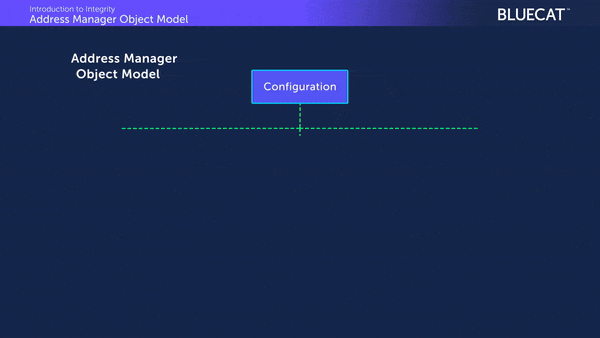Integrity Essential Training
Earn your certification
Get Certified
Become a BlueCat Integrity Certified Associate by taking all 8 Integrity Essential Training courses and passing the BICA exam.
Certification Kits will be awarded to all successful graduates.
Limited Time Offer
Earn your certification on or before October 18th 2021 to receive a special gift from BlueCat!
Register for BlueCat Learning and brush up on your networking skills
with bite-sized courses like our brand new Integrity Essential Training.
- Choose what you learn, when you learn and, how you learn at your own pace
- Our Training Curriculum offers comprehensive, interactive and engaging courses on every button, switch, process and part of the BlueCat product suite, as well as content pertaining to DNS + DHCP protocols, and IPAM architecture.
- Quickly find the content you need with our customized learning paths for network admins, security analysts, dev ops and support providers
- Become a BlueCat Integrity Certified Associate, Certified Professional, or Advanced Certified Professional
- Optimize your BlueCat solution and realize its full potential

Introduction to Integrity
An engaging introduction and step-by-step walkthrough of all that Integrity can do – from IPv4/IPv6 management, DHCP and DNS configuration, data management, automation, security, monitoring, tracking, as well as server management and user access rights.
Module 1: Introduction to Integrity – Overview
DHCP Configuration
Learn to quickly define, modify, deploy and manage DHCP ranges in Address Manager. Learn four easy steps to create and deploy DHCP, and then put it in motion by creating DHCP ranges, setting usage alerts, adding deployment options, and deploying DHCP.
Module 2: DHCP Refresher – Overview
Managing DNS Deployment
This course will dive into configuring DNS deployment roles, DNS deployment options, and different methods to deploy data to the server. You will learn how to create and manage access control lists by applying them to DNS options in linked objects. Also included is step by step instruction on configuring and viewing recursive DNS, Global forwarding, forwarding Policies, stub zones, DNS Validation, and DNS Validation logs.
Module 5: Access Control Lists – Overview
User Access Management
This course will demonstrate how to precisely manage user access types, levels, permissions, security and history privileges in all areas of your configuration. Learn to configure Authenticator, LDAP authenticator, local and LDAP groups, and accessing BAM as an LDAP user. You will also get familiar with managing administrative tasks, user sessions, configuring local workflows, audit trails and transaction history.
Module 1: User Access Management – Overview
eLearning
All of our courses are housed under a single platform called BlueCat Learning. This is a great choice for those looking for a self-paced interactive learning experience.
If you are an existing eLearning customer:
If you would like to purchase our eLearning subscription:
Instructor-Led
Instructor-led training provides practical, hands-on instruction that allows you and your team to hit the ground running as soon as the course is completed.
To learn more about our instructor-led courses:
To get in touch with the BlueCat Learning Team, please reach out to us at:

